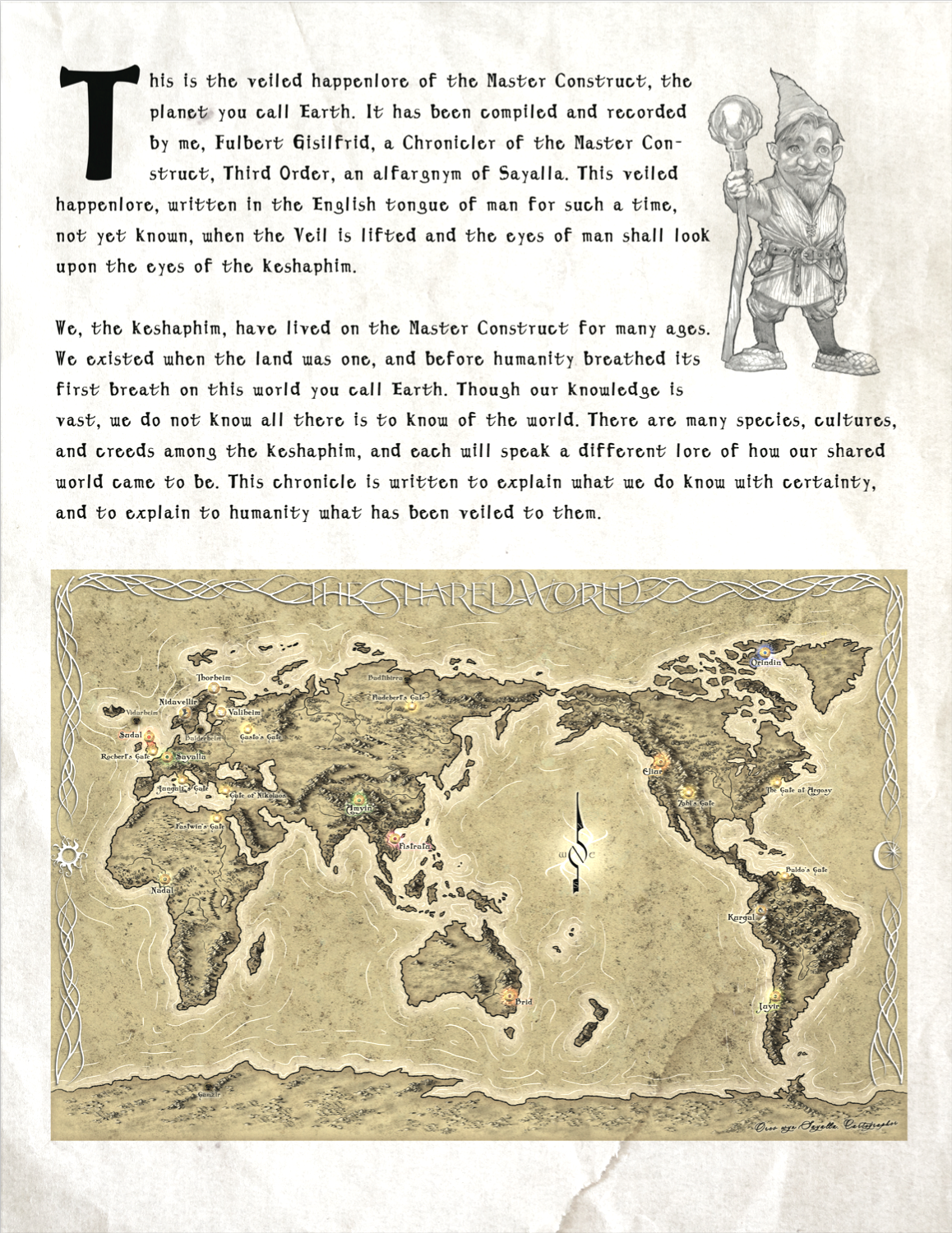The Alfargnym…
There’s No Race like Gnome!
Heard any good gnome puns lately? Game of Gnomes… Gnome Man’s Land… How do you classify gnomes? With a bi-gnomeal gnominclature! But seriously, gnome pun intended! Alright, enough with the gnome puns.
Now, in all seriousness, gnomes have become an odd part of our culture and are known to many cultures around the world. They have been featured in various mythologies for centuries. Some gnome stories, however, are stranger than fiction.
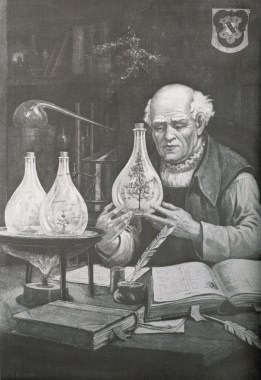
Dr. Theophrastus von Hohenheim
The first “recorded sighting” of a gnome was by a Swiss physician named Theophrastus von Hohenheim in the 16th century. This man was no myth or legend himself. He was a real man, with a scientific reputation, who claimed to have actually seen these mythical beings. Dr. Hohenheim was a pioneer in several aspects of medicine during the Renaissance. He was well known for his detailed observations and the wisdom he used to explain his observations. He is credited as being the “father of toxicology”.
Dr. Hohenheim was also reputed for his non-traditional views on education and on the more esoteric studies.
“The universities do not teach all things,” he wrote, “so a doctor must seek out old wives, gipsies, sorcerers, wandering tribes, old robbers, and such outlaws and take lessons from them. A doctor must be a traveler.…Knowledge is experience.” Hohenheim held that the crude language of the innkeeper, the barber, and the teamster had more real dignity and common sense than the dry Scholasticism of Aristotle, Galen of Pergamum, and Avicenna, some of the recognized medical authorities of his day.
Such unorthodox methods led Dr. Hohenheim to investigate areas other physicians balked, such as divination, demonology, and astrology. His research in these areas earned him a nickname from his close friends who called him Doctor Paracelsus. The exact meaning of this nickname has been lost to history, but some speculate that the prefix “para”, meaning beyond, was a reference to his frequent regard of himself as being greater than Aulus Cornelius Celsus, a renowned 1st-century Roman medical writer.
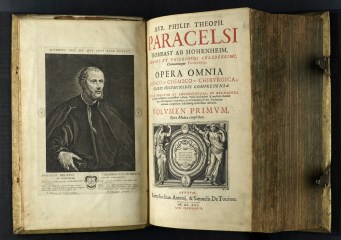 Hohenheim adopted the nickname and began to conduct and publish his research under this pseudonym. It was no secret that Hohenheim and Paracelsus were one in the same, tarnishing his reputation and in some circles branding him a heretic.
Hohenheim adopted the nickname and began to conduct and publish his research under this pseudonym. It was no secret that Hohenheim and Paracelsus were one in the same, tarnishing his reputation and in some circles branding him a heretic.
In the mid 1500’s Paracelsus claimed to have seen a creature he called a gnomus, describing it as an “earth elemental, two spans high, able to move through solid earth.”
Fast forward several hundred years and there are a plethora of fantastic stories, legends, and mythology surrounding these small, round-faced, earth dwelling humanoids.
In The Veil Saga this diminutive race plays a very important role. They are the pioneers of magical mechanisms; an area of scientific study they call arcanics. Their knowledge of magic and engineering were combined to create machines that run on magical energy. The Veil itself is one such technology.
The gnomes of The Veil Saga have a varied history that follows many of the myths, legends, and stories from cultures around the world. Their desire for knowledge and their love of learning caused them to form groups of semi-nomadic clans, exploring every continent. These clans settled in places for a short length of time to learn as much as they could about the flora, fauna, and indigenous peoples. Their contact with the indigenous humans all over the world gave rise to their varied names. Known to those of Great Britain as leprechauns, menehune to the Hawaiians, phi to those in Thailand, asparas to the Hindus, pygmyies to the Greeks and by many other names in many other cultures. However, they are known to themselves as the alfargnym.
They have a shared history with the dweorg. Both races originated in the same Kingdom of the Five Mountains and have many similar beliefs and customs. They also share some of the same spiritual beliefs as their mountain-dwelling cousins. Alafargnym do not worship their creator, they only desire to learn from what has been created so that they can create more. Though, the alfargnym do see their predecessors and creator more as beings to be admired and bested in their quest to create. In their quest to do so, their culture evolved into a system of four equal houses, all working toward the same goal… to make the world better and more efficient.
The Four Houses of the 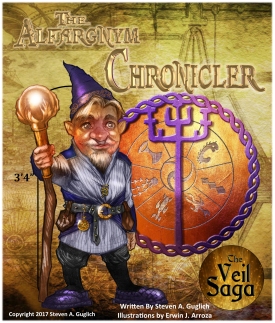 Alfargnym are the Chroniclers, the Artificers, the Structurists, and the Merchants.
Alfargnym are the Chroniclers, the Artificers, the Structurists, and the Merchants.
The Chroniclers’ House is responsible for studying the natural or physical sciences, including magic. Among them are specialists in areas such as medicine, physics, zoology, magic, alchemy, etc. They are also tasked with documenting historical events.
The head of the Chroniclers’ House is the High Chronicler.
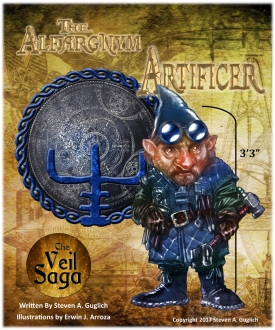 The Artificers’ House designs and builds mechanical and magical devices such as automatons, vehicles, and power sources. The Artificer’s House is led by the Lord Artificer. Artificers were the first to create mechanical devices powered by magical means. They coined the term arcanics creating a new science specializing in magical machinery.
The Artificers’ House designs and builds mechanical and magical devices such as automatons, vehicles, and power sources. The Artificer’s House is led by the Lord Artificer. Artificers were the first to create mechanical devices powered by magical means. They coined the term arcanics creating a new science specializing in magical machinery.
The Structurists’ House is responsible for creating structures such as building, tunnels, and roads. They are led by the Lord Architect who oversees two Chief Architects. All 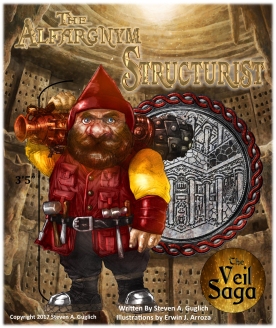 building, whether it be a home, a shoppe, a tunnel or a road must first be approved by the Lord Architect.
building, whether it be a home, a shoppe, a tunnel or a road must first be approved by the Lord Architect.
The Merchants’ House is responsible for commerce between the alfargnym and the other races. Merchants are not so much concerned about making money, but more so about providing for the clan. However, this does not make them any less shrewd. They try very hard to get the best deal they can.
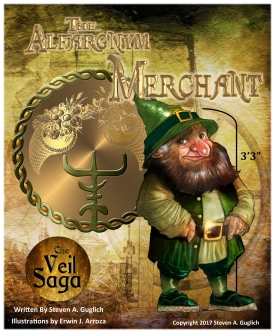
The Merchant Lord leads this house with his two chiefs; The Chief Clothier and the Chief Artisan. The Merchant Lord is also responsible for working with the other houses to sell or trade any items produced by them. Therefore, he has three Chief Merchants who work exclusively with him. The Chief Merchants are only answerable to the Merchant Lord and only oversee their assistants. The Chief Merchants are also responsible for the distribution of essential items among the four houses.
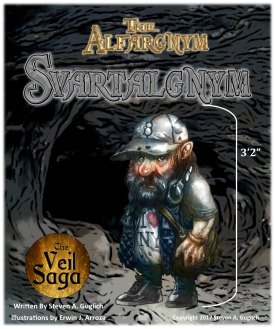 In addition to these four houses there is a subspecies of houseless alfargnym known as svartalgnym. These reclusive alfargnym live deep underground, choosing isolation. From time to time they will interact with others of their kind and more rarely other species. In contrast to the many customs and traditions of The Four Houses, the svartalgnym have few customs of their own, most of which refer to mating.
In addition to these four houses there is a subspecies of houseless alfargnym known as svartalgnym. These reclusive alfargnym live deep underground, choosing isolation. From time to time they will interact with others of their kind and more rarely other species. In contrast to the many customs and traditions of The Four Houses, the svartalgnym have few customs of their own, most of which refer to mating.
There are no warriors or soldiers among the alfargnym. They have always sought to resolve conflict through diplomacy or retreat. Alfargnym, on the whole, disdain violence. In recent years, some alfargnym have employed koth as assistants, escorts, and bodyguards.
For an alfargnym, war is needless and contrary to their beliefs. They find no glory in battle. Glory is achieved through creation, not the senseless destruction that accompanies prolonged violence.
Centuries ago, during the wars between goblins, trolls and other keshaphim, the alfargnym found sanctuary among the elves. Because they left the sanctuary of The Five Mountains, the dweorg did not allow them back. The elves had mercy and allowed them to live among them. Most alfargnym cities are found below the Elven cities. The most famous of which is Unterbaum, found below the Elven city of Sayalla. There, the main Veil mechanism is housed and maintained by artificers and chroniclers.


